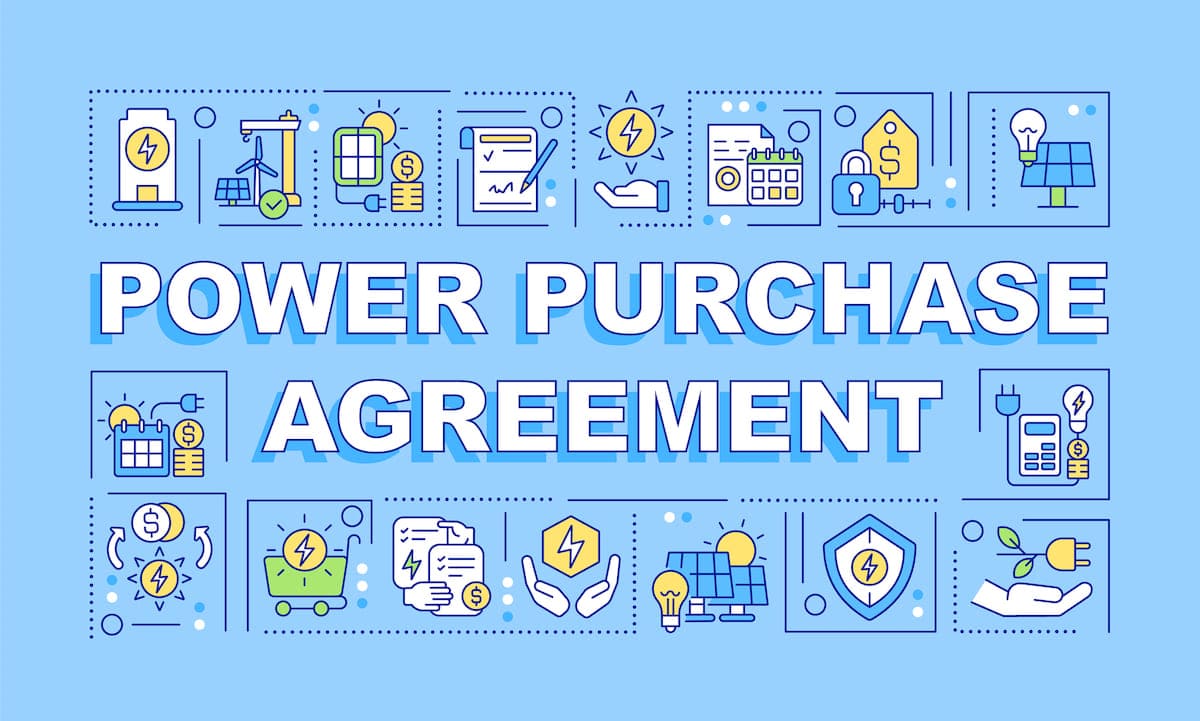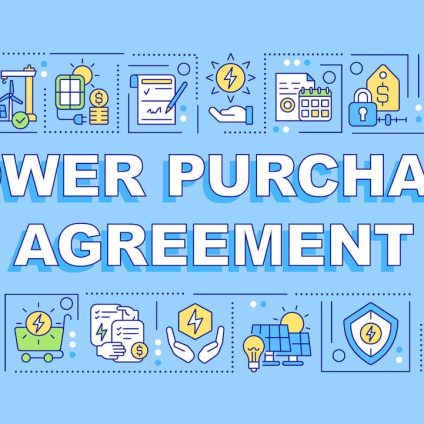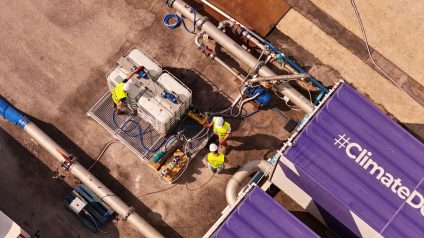According to the latest report by Wood Mackenzie, the European market for power purchase agreements in renewable energy saw strong growth last year, with Spain and Germany leading the way

Updated report on the European PPA market
The European market for power purchase agreements (PPAs) in renewable energy is entering a new phase of expansion. Spurred by corporate sustainability mandates and innovative contract models, 2024 closed with 19 GW of newly contracted capacity – significantly exceeding 2023 figures.
This growth is highlighted in the latest Europe Renewables PPA Tracker by Wood Mackenzie, which reports a sharp increase in both power volume and deal count over the past year.
Leading PPA markets in Europe
Spain and Germany continue to lead the European PPA market. Together, they account for 30% of the continent’s total contracted capacity. Spain remains the top market for the sixth consecutive year.
“The Iberian markets offer especially favorable conditions for both solar and wind PPAs,” said Dan Eager, Director of Research, European Power & Renewables at Wood Mackenzie.
Poland, the United Kingdom, and Greece now round out the top five markets, replacing France and Sweden, which had previously held third and fifth place, respectively, in 2023.
Emerging trends in the European PPA market
As the European PPA market matures, more complex and flexible contract structures are gaining ground. Notably, there’s a rise in hybrid PPAs, which combine co-located renewable energy systems with battery storage. This approach addresses two critical challenges: negative price periods and the need for more reliable energy supply in markets dominated by solar and wind contracts.
“We’re seeing a shift toward more sophisticated PPA structures,” said Eager. “While hybrid contracts are still a minority, they’re becoming more popular among high-intensity sectors and data centers seeking 24/7 renewable matching.”
The report also confirms the growing trend of PPAs for green hydrogen production and a broader diversification in buyer sectors.
Types of PPAs
Wood Mackenzie identifies three main categories of power purchase agreements:
- Corporate PPAs, where the energy buyer is a company.
- Route-to-market PPAs, where energy is sold into wholesale markets at discounted rates, often purchased by utilities, traders, or aggregators.
- Utility PPAs, where the buyer is an energy supplier.
In 2024, corporate PPAs maintained their dominance, accounting for over 70% of the European market. “Technology and data-driven industries were the primary drivers”, said Eager. “These energy-intensive companies are increasingly turning to PPAs to meet their operational and sustainability goals”.
| Characteristic | Corporate PPA | Route-to-Market PPA | Utility PPA |
|---|---|---|---|
| Buyer | Company (end consumer) | Utility, Trader, Aggregator | Utility (energy supplier) |
| Primary Objective | Sustainability, energy needs, cost stability | Selling energy on the market, risk management | Renewable supply for customers |
| Physical Delivery | Direct (physical) or financial (virtual) | Generally physical to the grid | Generally physical to the grid |
| GOs (Certificates) | Generally transferred to the company | Depends on the agreement | Depends on the agreement |
PPA pricing dynamics
Average PPA prices declined across Europe last year, following the broader trend in wholesale energy markets. Prices vary widely by region and are influenced by national policies, demand, and the pace of renewable energy deployment. Spain recorded some of the lowest solar PPA prices on the continent.
Looking ahead, pricing remains difficult to predict. Factors such as curtailment risk, negative pricing events, and fluctuating retail electricity rates add uncertainty.
“The growing impact of low-cost renewables on wholesale price formation, especially in spring and summer, is increasing market volatility”, said Eager. “Our modeling suggests capture rates – the average price that a renewable project earns relative to the market average – will decline over the next five to seven years.”
This trend reflects slower demand growth compared to the rapid expansion of renewable supply. “As European gas prices fall, market averages will also decline. Capture prices and the risk components in pay-as-nominated PPA structures will continue to evolve”, Eager added.
Read the full Europe Renewables PPA Tracker report on Wood Mackenzie.












